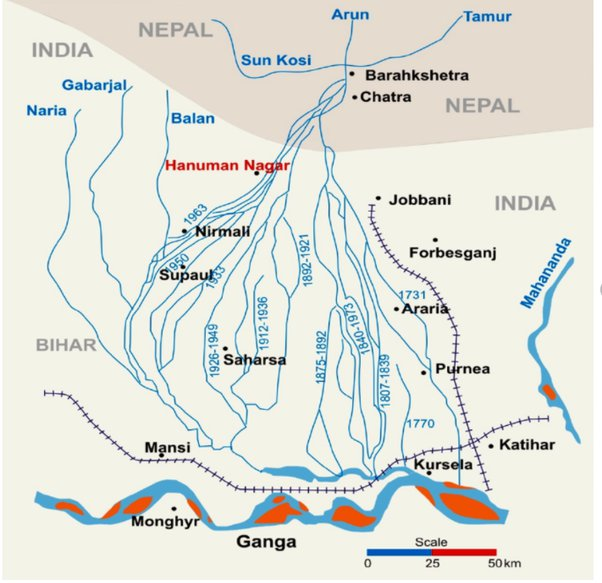Bihar Switch to Hindi
Bodhgaya Temple
Why in News?
Several Buddhist monks are protesting at Mahabodhi Mahavihara (Bodhgaya Temple) in Bihar demanding repeal of the Bodhgaya Temple Act (BTA), 1949.
Key Points
- About the Issue:
- This protest is being carried out by various Buddhist groups led by All India Buddhist Forum (AIBF) .
- They are opposed to the provision of making Hindu followers members of the Bodhgaya Temple Management Committee (BTMC) under this Act .
- Buddhist monks say that the management of the temple should be completely in the hands of the Buddhist community.
- Bodh Gaya Temple Management Committee (BTMC):
- BTMC was established in 1953 under the Bodhgaya Temple Act, 1949 to manage the Mahabodhi Temple at Bodh Gaya in Bihar.
- This committee has four members from the Buddhist community and four from the Hindu community.
- As per the Act, the District Magistrate (DM) of Gaya is the ex-officio Chairman of the Committee .
- Bodhgaya Temple
- The Mahabodhi Temple located in Bodh Gaya is a sacred place of Buddhism.
- It deals with the life of Lord Buddha and especially his attainment of enlightenment.
- The Mahabodhi Temple was built by Emperor Ashoka in 260 BC after he adopted Buddhism.
- It is one of the earliest Buddhist temples built entirely of bricks.
- It was included in the UNESCO World Heritage List in the year 2002.
- Chinese pilgrim Hiuen Tsang has given a detailed description of this temple.
- The present temple structure was built by the Gupta rulers in the 5th or 6th century AD.
Bihar Switch to Hindi
Kosi Mechi Interstate Link Project
Why in News?
The Union Cabinet approved the inclusion of Kosi Mechi Intra-State Link Project of Bihar under the Pradhan Mantri Krishi Sinchai Yojana-Accelerated Irrigation Benefit Programme (PMKSY-AIBP) .
Key Points
- About the Project:
- Under this project, excess water of Kosi river will be diverted to the Mahananda river basin in Bihar.
- Under this project, the Eastern Kosi Main Canal (EKMC) will be reconstructed, and extended up to the Mechi River .
- The Eastern Koshi Main Canal is a part of the joint Koshi Project (1954) of India and Nepal , which was built to solve the problem of frequent change of course of the Koshi River.
- Objective:
- The main objective of this project is to increase the irrigation capacity in Bihar.
- The scheme will provide additional irrigation facilities to 2,10,516 hectares of area during Kharif season in Araria, Purnia, Kishanganj and Katihar districts of Bihar.
- Sanction of Central Assistance :
- The estimated cost of the project has been fixed at Rs 6,282.32 crore, out of which central assistance of Rs 3,652.56 crore has been sanctioned to Bihar.
- This amount will aid in the development of the project and implementation of its various components.
- Deadline :
- This project is targeted to be completed by March 2029.
- On completion of this project, irrigation facilities will expand in Bihar and it will also help in flood control.
Prime Minister Agricultural Irrigation Scheme (PMKSY)
- AIBP was launched in 1996 with the objective of expediting the implementation of irrigation projects beyond the resource capabilities of the states.
- This is a centrally sponsored scheme (core scheme) launched in the year 2015. The centre-state share will be in the ratio of 75:25. In the case of the north-eastern region and hilly states, this ratio will be 90:10.
- This will benefit around 22 lakh farmers, including 2.5 lakh Scheduled Caste and 2 lakh Scheduled Tribe farmers.
- The Ministry of Jal Shakti launched a mobile application for geo-tagging of components of projects under PMKSY in the year 2020 .
- It has three main components- Accelerated Irrigation Benefit Programme (AIBP), Har Khet Ko Pani (HKKP) and Watershed Development.
- Objective:
- Convergence of investments in irrigation at the regional level,
- expanding the cultivable area under assured irrigation (har khet ko pani),
- Improving on-farm water use efficiency to reduce water wastage,
- To introduce sustainable water conservation practices by enhancing recharge of aquifers and exploring the feasibility of reuse of treated municipal water for peri-urban agriculture and to attract greater private investment in a precision irrigation system .
Koshi River
- It is called the 'Sorrow of Bihar' . It originates in the Himalayas at 7,000 metres above sea level from the catchment area of Mount Everest and Kanchenjunga .
- Flowing through China, Nepal and India, this river enters India near Hanuman Nagar and merges with the Ganga River near Kursela in Katihar district of Bihar.
- The Koshi River is formed by the confluence of three main streams: Sun Koshi, Arun Koshi and Tamur Koshi .
- The Koshi river is known for its tendency to change its course and flow westwards , which has moved up to 112 kilometres in the last 200 years, destroying agricultural areas in Darbhanga, Saharsa and Purnia districts.
- Tributaries: The river has several important tributaries, including the Trijanga, Bhutahi Balan, Kamala Balan, and Bagmati , all of which flow through the plains and join the Koshi River.
Mechi River
- It is a trans-boundary river flowing through Nepal and India . It is a tributary of the Mahananda River.
- The Mechi River is a perennial river that originates in the Himalayan inter-valley in the Mahabharat Range in Nepal and then flows through Bihar to join the Mahananda in Kishanganj district.

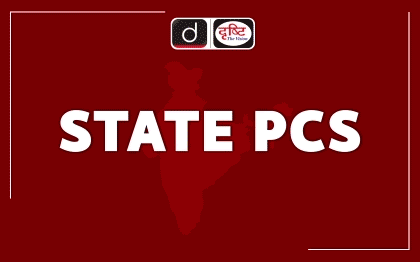
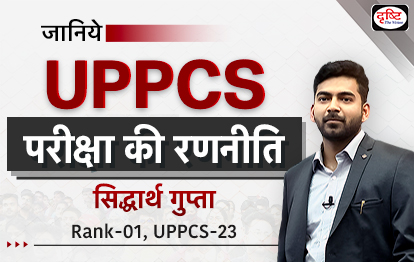

%20MPPCS%202025%20Desktop%20E.jpg)
%20MPPCS%202025%20Mobile%20E%20(1).jpg)





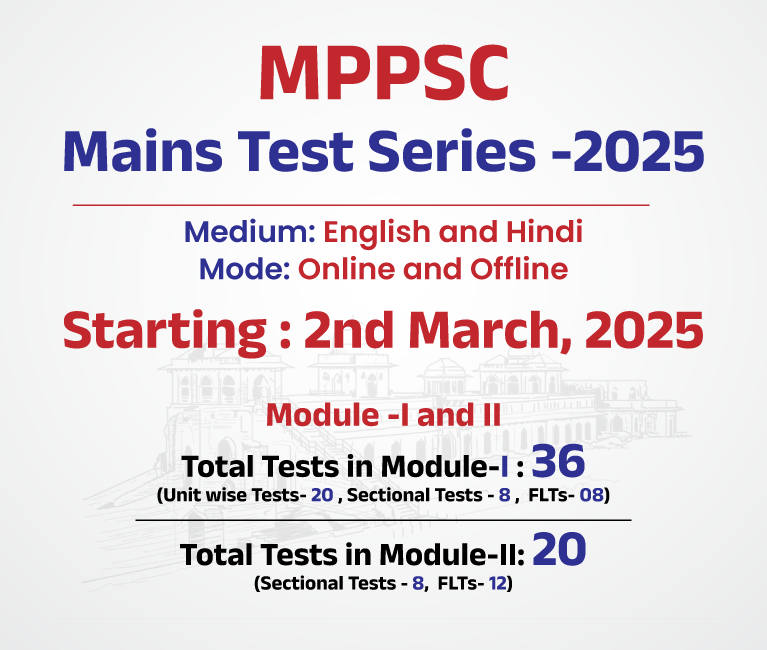











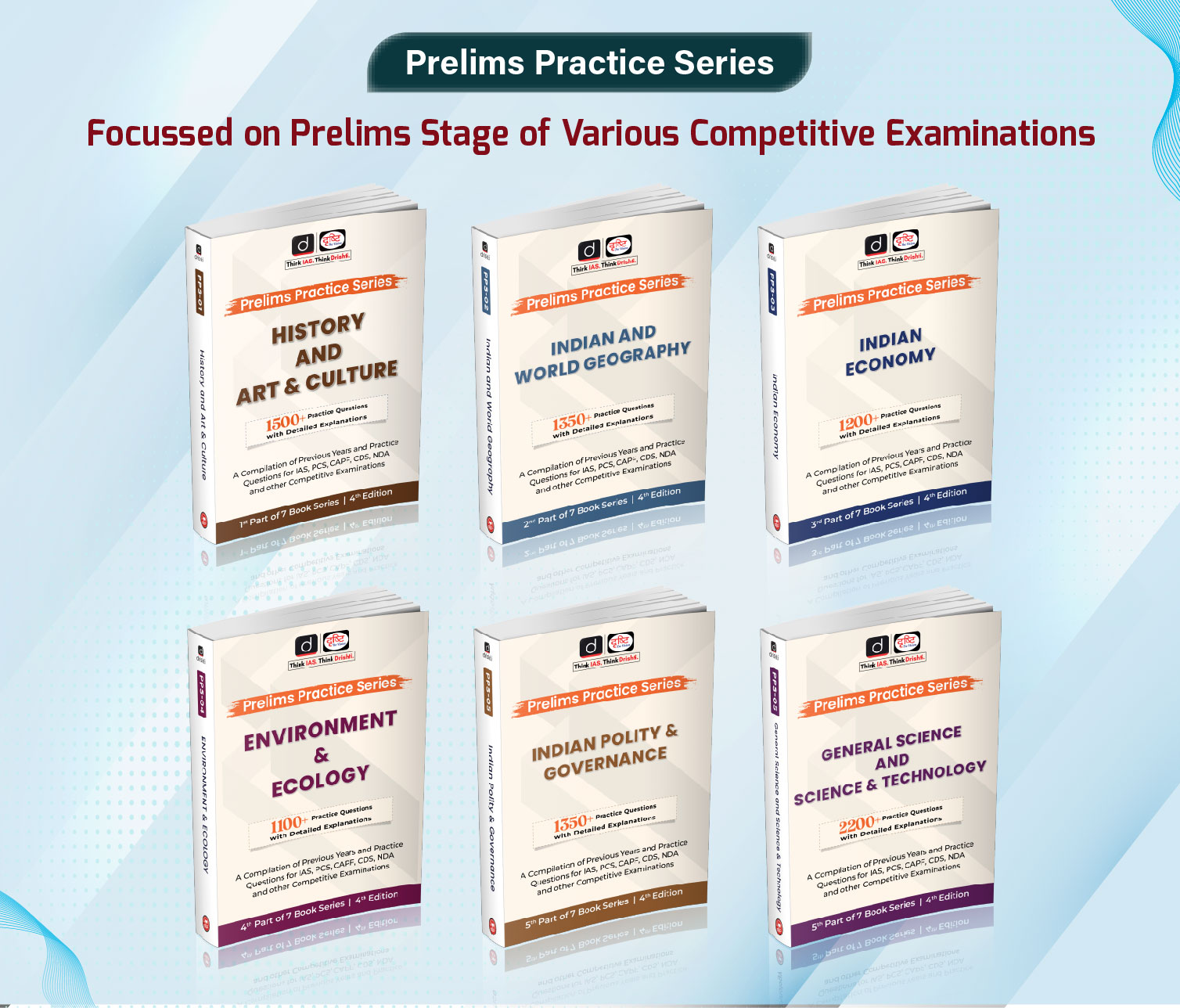

 PCS Parikshan
PCS Parikshan